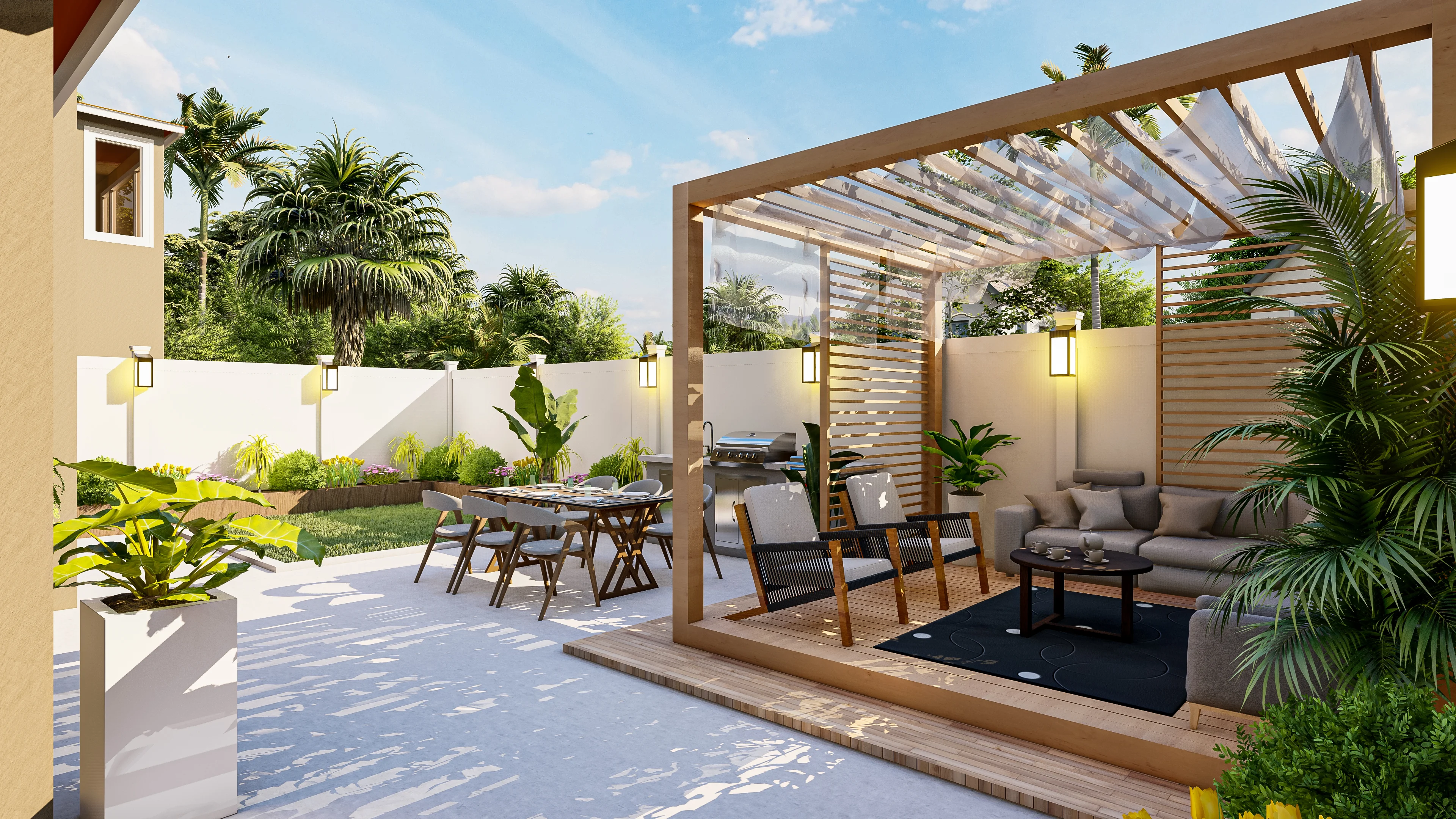BIOPHILIC DESIGN
As people become more aware of the benefits of biophilic design, Jorim encourages clients to use it in homes, workspaces, healthcare, education, and church, benefiting people, the planet, and infrastructure.

Biophilic design is a way to bring nature into buildings and cities. It can improve our health and well-being.
Here are some examples:
 Green roofs and living walls
Green roofs and living walls Plants in indoor and outdoor spaces
Plants in indoor and outdoor spaces Natural materials such as wood, stone, and bamboo
Natural materials such as wood, stone, and bamboo Buildings with natural light and ventilation
Buildings with natural light and ventilation Outdoor spaces with water features, gardens, and trees
Outdoor spaces with water features, gardens, and trees


Biophilic design is a way to bring nature into buildings and cities. It can improve our health and well-being.
Here are some examples:
 Reduced stress: Studies have shown that exposure to nature can reduce stress levels and improve mood. Biophilic design can bring the benefits of nature indoors, even in urban environments.
Reduced stress: Studies have shown that exposure to nature can reduce stress levels and improve mood. Biophilic design can bring the benefits of nature indoors, even in urban environments. Improved cognitive function: Biophilic design has been shown to improve cognitive function, including memory, attention, and creativity. This is thought to be due to the calming and restorative effects of nature.
Improved cognitive function: Biophilic design has been shown to improve cognitive function, including memory, attention, and creativity. This is thought to be due to the calming and restorative effects of nature. Improved indoor air quality: Plants can help to improve indoor air quality by removing pollutants and producing oxygen.
Improved indoor air quality: Plants can help to improve indoor air quality by removing pollutants and producing oxygen. Reduced noise pollution: Plants can also help to reduce noise pollution by absorbing sound waves.
Reduced noise pollution: Plants can also help to reduce noise pollution by absorbing sound waves. Increased productivity: Employees who work in biophilic spaces have been shown to be more productive and less likely to take sick days. This is likely due to the improved cognitive function and reduced stress levels that come with biophilic design.
Increased productivity: Employees who work in biophilic spaces have been shown to be more productive and less likely to take sick days. This is likely due to the improved cognitive function and reduced stress levels that come with biophilic design. Increased employee engagement and satisfaction: Employees who work in biophilic spaces are more likely to be engaged and satisfied with their jobs. This is likely due to the improved cognitive function, reduced stress levels, and improved indoor air quality that come with biophilic design.
Increased employee engagement and satisfaction: Employees who work in biophilic spaces are more likely to be engaged and satisfied with their jobs. This is likely due to the improved cognitive function, reduced stress levels, and improved indoor air quality that come with biophilic design.





